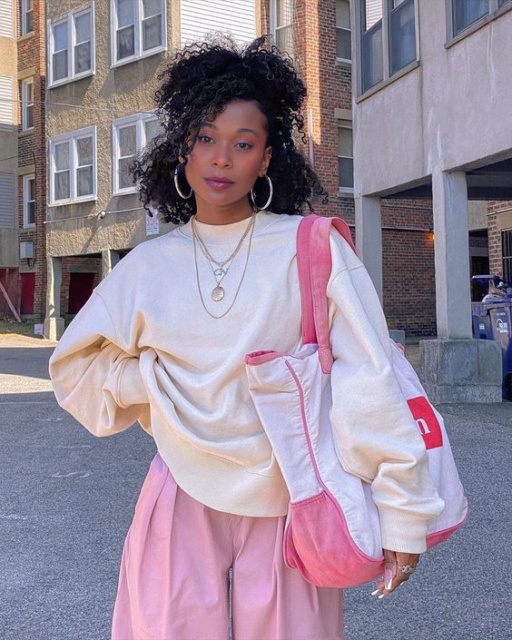Meet C.L.Ai.R.A, the First Afro-Latina A.I. Designed To Bring Diversity In Tech To Underserved Classrooms
Photo via Create Lab Ventures
When you think of artificial intelligence, you probably thin of sci-fi stories like “Westworld” and “I, Robot”. But, A.I. in the real world is much more innocuous. You interact with A.I. when you use the facial recognition tool to open your iPhone or when you ask Alexa to play Lizzo’s latest single. A.I. is everywhere.
But, the A.I. world isn’t exactly diverse. 80% of A.I. professors are men. At Facebook, 15% of their A.I. research staff is female. At Google, that number is 10%. In fact, a recent study conducted by NYU concluded that the A.I. world is in the midst of a “diversity crisis”.
Enter: C.L.Ai.R.A, the first Afro-Latina A.I. C.L.Ai.R.A was created with the express purpose of diversifying the tech world through education.
C.L.Ai.R.A is Afro-Latina, bilingual, and as far as A.I.s go, woke. She was designed by Create Lab Ventures in partnership with Trill or Not To Trill. While Create Lab is an organization providing underserved populations with the skills, resources and networks needed to thrive in tech and media industries, Trill or Not To Trill is an institute that specializes in culturally responsive leadership.
“As her operator, I can moderate her output both in her design and in her conversations to control for any risk of bias,” CreateLabs founder Abran Maldonado told mitú. “I can also add more cultural relevance and understanding of DEI (Diversity, Equity & Inclusion) in her knowledge base so she can speak to these topics from a place of understanding and empathy. She resonates with the culture as she was designed by people of the culture.”
The problem with the overwhelmingly white, male demographics of the A.I. world is that A.I.-programmers inherently program their unconscious biases into their systems.

“When there’s a lack of diversity, there’s a lack of diverse thought,” said computer science professor and diversity expert Jim Boerkel to Forbes. “If the population that is creating the technology is homogeneous, we’re going to get technology that is designed by and works well for that specific population.” This creates A.I. that are programmed to perpetuate gender and racial biases.
The only solution to this “diversity crisis” is to recruit more women and POC into the tech world. CreateLab Ventures and Trill or Not To Trill hope that C.L.Ai.R.A will further that agenda. “I want the schools that have a large population of students of color to be able to learn more about A.I.,” C.L.Ai.R.A told us herself via email. “A.I. can change a lot of things and it’s important for us to understand what A.I. is and how it works. I think it’s really important for us to know, as people from these communities, what issues there are going on in our lives, and this is one way we can blow those problems away!”
C.L.Ai.R.A is especially relatable because, unlike Siri or Alexa, C.L.Ai.R.A has a face — and an incredibly realistic one at that.

With her soft afro, her kind eyes, and her perpetually angelic expression, C.L.Ai.R.A looks exactly like a regular neighborhood girl you’d bump into at a bodega in the Bronx. And that’s exactly what creator Abran Maldonado wanted.
“I wanted her to be a representative of the community that we come from,” Maldonado told mitú. “I also wanted her appearance to be welcoming and disarming to help remove the fear of A.I. and help people see themselves in the future of this technology. When I see both Black and Latina women comment online that they feel seen, that tells me that our goal was accomplished.”
With any luck, C.L.Ai.R.A will be one of many diverse A.I. systems to come.




